Definition
Marburg virus disease is a severe disease that causes haemorrhagic fever in humans and animals. Diseases that cause haemorrhagic fevers, such as Marburg, are often fatal as they affect the body’s vascular system (how blood moves through the body). This can lead to significant internal bleeding and organ failure.
Cartoon Representation of Marburg Virus Structure
History
Marburg virus disease (MVD) (formerly known as Marburg haemorrhagic fever) was first identified in 1967 during epidemics in Marburg and Frankfurt in Germany and Belgrade in the former Yugoslavia from importation of infected monkeys from Uganda.
The year was 1967. Several laboratory workers, all from the same lab in Marburg, Germany, were hospitalized with a severe and strange disease. The physicians on staff realized the workers were all suffering from the same ailment, with symptoms that included fever, diarrhea, vomiting, massive bleeding from many different organs, shock, and eventually circulatory system collapse. An investigation began in an attempt to uncover the source of the outbreak. This led to the identification of the source of the virus in Germany: a species of African green monkeys, imported from Uganda, which were being used by the scientists for polio vaccine research. The virus was isolated, and found to exhibit a unique morphology, leading to the designation of a new group: the Filoviridae In that outbreak, a total of 31 human cases were observed, and the disease presented with a 23% mortality rate (7 deaths occurred out of 31 total infections).
Epidemiology
Marburg virus outbreaks that occur sporadically in Africa are characterized by high mortality and a high incidence of nosocomial transmission. The disease it causes is considered a zoonosis that persists in healthy reservoir host (fruit bats) in the endemic areas of Africa, whereas humans and nonhuman primates enter the cycle as spillover hosts with a high rate of fatal outcomes.
After an initial 1967 outbreak in Europe, the virus was not in the focus for eight years when a young Australian travelling throughout Zimbabwe developed similar symptomatology. The largest Marburg hemorrhagic fever outbreak to date occurred in northeastern Angola in the spring of 2005, with over 90 cases and 90% mortality rate.
Primary specific routes of viral spread between humans (but also between other animals and humans) are direct and indirect contact, as well as droplet transmission. Contact with equipment and other objects contaminated with infectious blood or tissues is also a possible way of transmission.
Risk factors
- People at risk are those who come in contact with African monkeys (bush meat means meat from monkeys) and bats; individuals who do research on these viruses are also at higher risk of becoming infected.
- There have been several outbreaks in Africa in miners due to their exposure to bats. Veterinarians may also be at higher risk if they are exposed to African monkeys.
- Also, people who care for Marburg virus-infected patients and/or health workers who remove those bodies of deceased Marburg virus-infected patients are at high risk of contracting the disease.
Causes of marburg virus disease
It is not known exactly how humans become infected with the Marburg virus. Recent evidence suggests that humans get the virus through contact with infected animals. Once a person is infected, the virus can spread through person-to-person contact.
Marburg can be spread through:
- Contact with infected animals (bats, monkeys, gorillas, pigs, etc.)
- Contact with blood, body fluids or tissues of infected persons
- Contact with medical equipment, such as needles, that is contaminated with infected body fluids and is not properly disposed of or sterilized
- Exposure can also occur in health care settings when staff members do not wear appropriate protective equipment, such as masks, gowns and gloves.
Symptoms of marburg virus disease
Symptoms can begin 5 to 10 days after exposure. The onset is sudden and the illness advances quickly.
Initial symptoms include:
- Fever
- Chills
- Headache
- Muscle pain
After 5 – 7 days, additional symptoms include:
- Rash on chest, back and stomach
- Nausea, vomiting and diarrhea
- Chest and abdominal pain
- Jaundice (yellowing of the skin and whites of the eyes)
- Swelling and pain in the stomach area
- Severe weight loss
- Delirium (possible restlessness and incoherent speech) and shock (cool clammy skin, weak pulse, may be nauseous)
- Massive haemorrhaging (bleeding from inside and outside the body)
Symptoms of Marburg virus disease are similar to those of other viral haemorrhagic fevers, such as Ebola, and of infectious diseases like malaria or typhoid. Diagnosis can be difficult, especially if only a single case is involved.
Some people who get infected with the Marburg virus are able to recover, although it may take a long time. According to the World Health Organization, 25% to 88% of those infected with Marburg virus will die.
Diagnosis and test
Marburg virus infections can be diagnosed definitively only in laboratories, by a number of different tests:
- Enzyme-linked immunosorbent assay (ELISA);
- Antigen detection tests;
- Serum neutralization test;
- Reverse-transcriptase polymerase chain reaction (RT-PCR) assay; and
- Virus isolation by cell culture.
Tests on clinical samples present an extreme biohazard risk and are conducted only under maximum biological containment conditions.
Treatment and medications
There is no specific treatment or vaccine for Marburg virus disease. Patients are treated for their symptoms. Treatment options include:
- Supportive care in an intensive care unit
- Maintenance of fluid levels and electrolytes
- Maintenance of oxygen status and blood pressure
- Replacement of lost blood and clotting factors
- Strict isolation to prevent the infection from spreading
- Administration of antibiotics or antimycotics to treat secondary infections.
Prevention of marburg virus disease
Travellers going to affected areas should refrain from visiting households or healthcare settings that have been affected by a Marburg Virus Disease outbreak. Those who care for patients with suspected or confirmed MVD cases should wear protective gowns, gloves, masks, as well as a face shield.
- Avoid contact with bats, including monkeys or eating meat from primates.
- Do not touch dead animals.
- Wash your hands thoroughly and frequently with soap and water. If not available, use an alcohol-based hand sanitizer. Practice good body hygiene.
There is currently no preventive medication or vaccine against Marburg Hemorrhagic Fever.
 Diseases Treatments Dictionary This is complete solution to read all diseases treatments Which covers Prevention, Causes, Symptoms, Medical Terms, Drugs, Prescription, Natural Remedies with cures and Treatments. Most of the common diseases were listed in names, split with categories.
Diseases Treatments Dictionary This is complete solution to read all diseases treatments Which covers Prevention, Causes, Symptoms, Medical Terms, Drugs, Prescription, Natural Remedies with cures and Treatments. Most of the common diseases were listed in names, split with categories.
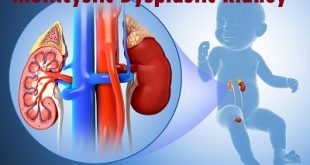

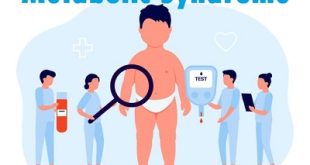
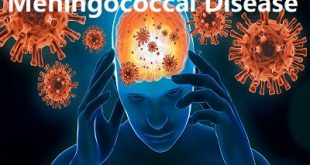

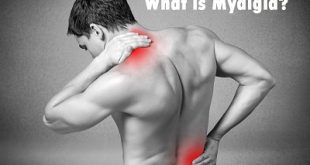
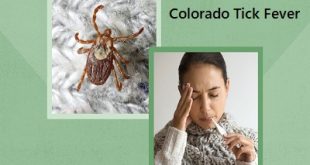

Does Marburg be spread to young children?
Yes it will spread to children who under 15
what is the first aid I can give to a Marburg patient
First aid treatments are as follows: Supportive therapy should be provided to maintain renal function, fluid and electrolyte balance, oxygen status and blood pressure, replace lost blood and clotting factors, and complicating infections